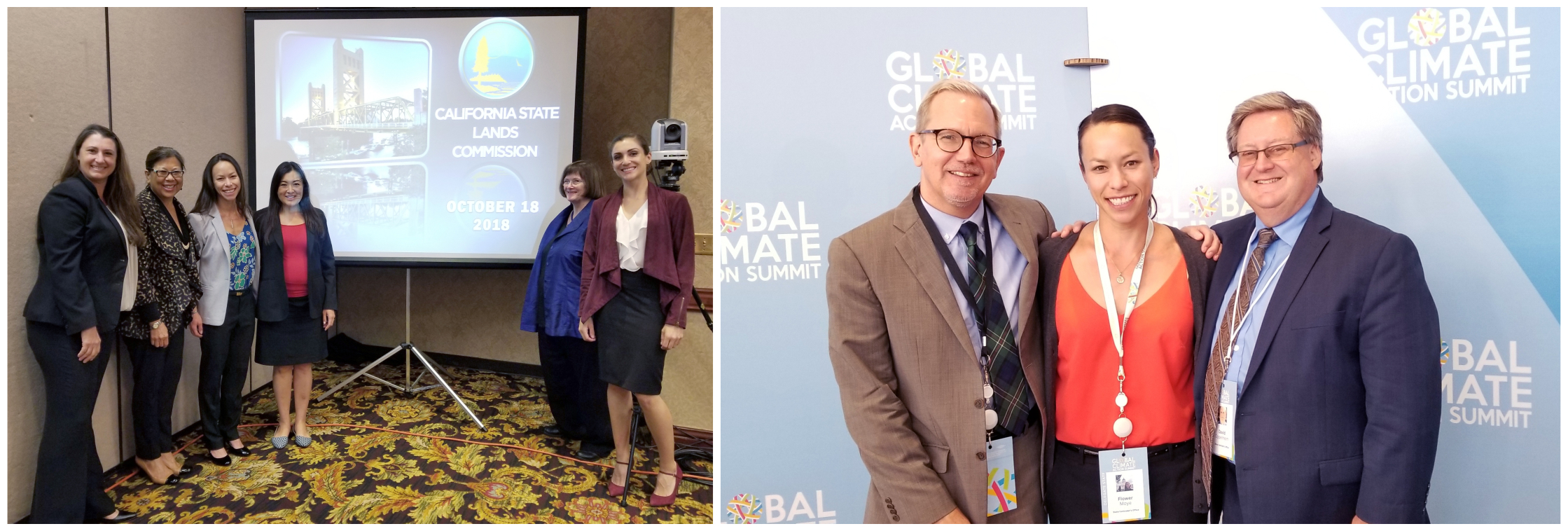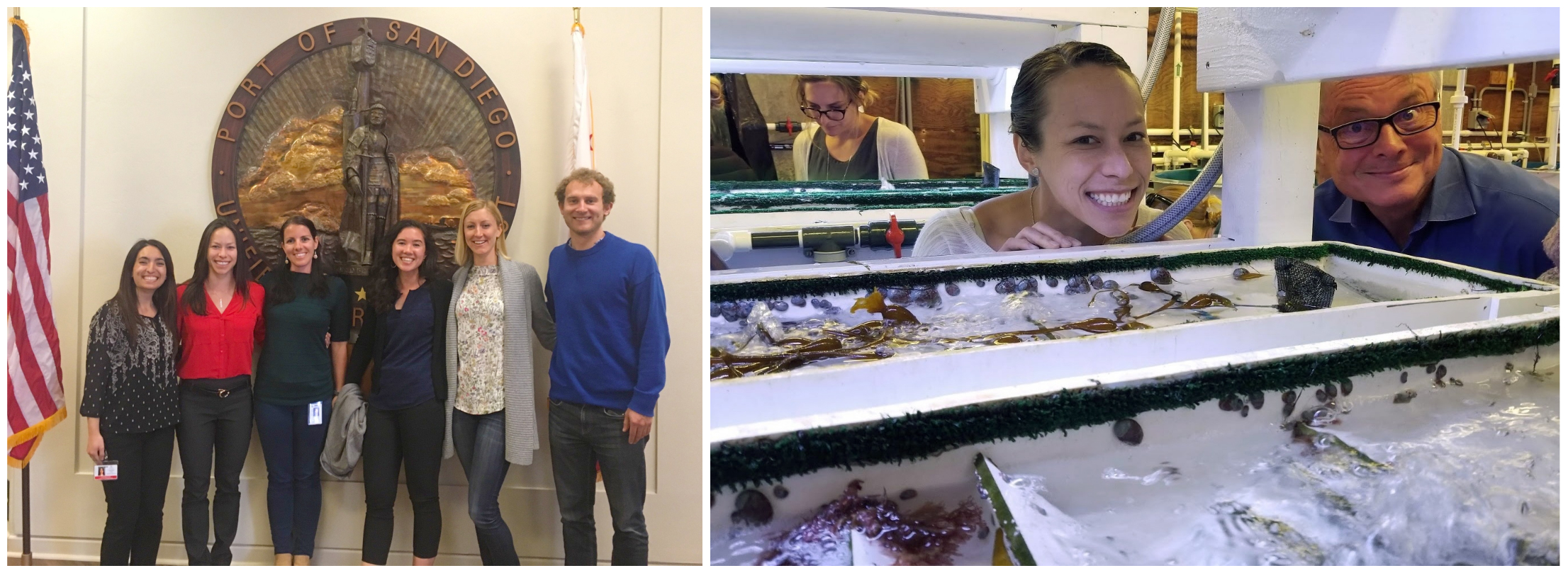Traditional definitions of the California ocean economy include coastal tourism and recreation, fishing, and maritime industries such as offshore oil and gas.
California’s nearly $45 billion ocean economy employs over 524,100 people and generates $21.6 billion in wages, and counting. Since 2005, California’s ocean economy grew by 6.4% in gross domestic product, surpassing overall growth of 4.4% for the state. With 1,100 miles of diverse and iconic Pacific coast, it is no surprise that growth is largely attributed to the tourism and recreation sector of our ocean economy, contributing almost 50%, or $22.4 billion in gross domestic product, and accounting for 77% of employment.
These facts emphasize our obligation to safeguard the long-term health and resilience of our ocean and coast’s natural resources, ensure economic security, and provide opportunity to the workforce of tomorrow. This effort will require innovative solutions, coordinated strategies, and a change in the way we think about our ocean economy.

In California, the blue economy is underway. San Diego is home to one of the most robust forms of the blue economy our state has to offer. Generating more than $14 billion a year and providing nearly 46,000 jobs, San Diego’s blue economy is now larger than the previously leading biotechnology sector of the area. Scripps Institution of Oceanography is collaborating with innovative blue technology industries to develop new approaches to better understand our environmental systems and creative solutions to adapt to our changing climate. The Maritime Alliance, a nonprofit industry association and organizer of the largest BlueTech cluster in the nation, is holding education and workforce development as a high priority, aligning ‘BlueSTEM’ resources and curriculum for grades K-14 and creating pathways for trade school and college graduates to easily connect with jobs and industry.

To respond to the eminent and growing challenges exacerbated by climate change, we must think of the blue economy as an organizing principle for policies and management framework. This more expansive view will optimize the accessibility and connectivity of people, information, goods, and services. It will continue to deepen our understanding of environmental systems and support scientifically informed decisions. It represents a properly maintained labor force supported with flexible education pathways. It encourages new public-private partnerships to creatively leverage capital for sustainable development. Most importantly, as we move forward, a unified strategy for California’s blue economy would enable a socially inclusive, sustainable model to secure healthy ocean and coastal ecosystems for current and future generations.
Written by Flower Moye




